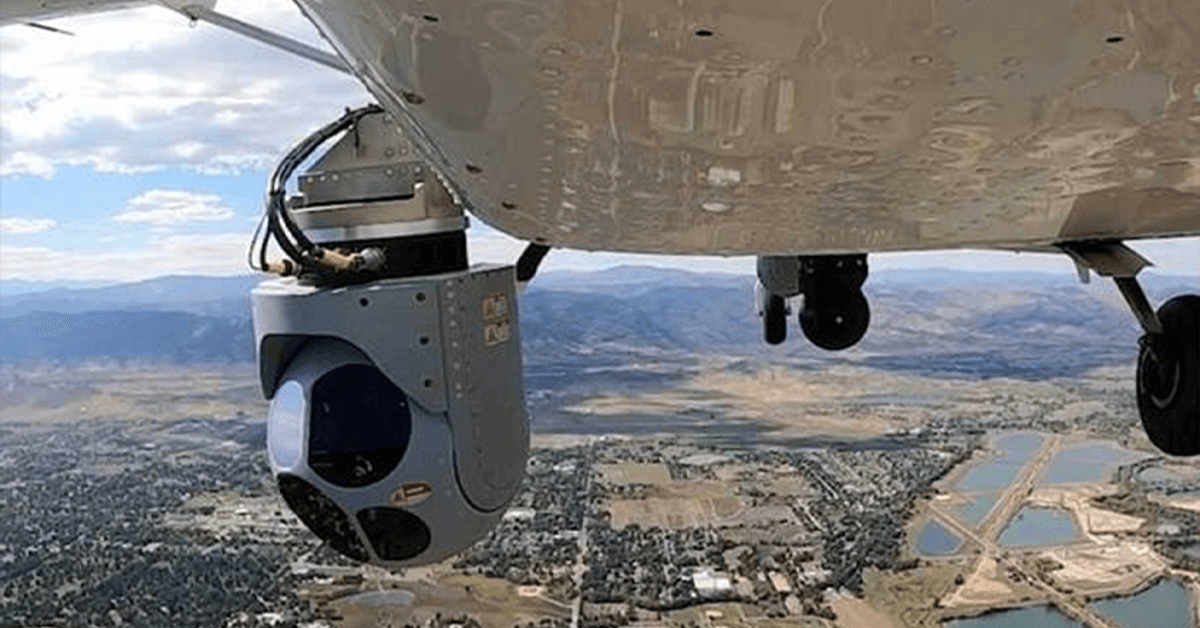Sikorsky, a Lockheed Martin company, was awarded by the Defense Advanced Research Projects Agency a $6 million contract to install its ALIAS/MATRIX flight autonomy system onto the U.S. Army’s experimental fly-by-wire UH-60M Black Hawk helicopter designated as MX. Once the aircraft is upgraded, the U.S. Army Combat Capabilities Development Command can test and evaluate various autonomy capabilities, from single pilot operations to fully pilotless flight, Lockheed said Monday.
Richard Benton, Sikorsky vice president and general manager, said, “Autonomy-enabled aircraft will reduce pilot workload, dramatically improve flight safety, and give battle commanders the flexibility to perform complex missions in contested and congested battlespace, day or night in all weather conditions.”
The MATRIX autonomy system is the core of DARPA’s Aircrew Labor In-cockpit Automation System or ALIAS program. Back in 2020, as part of ALIAS, Sikorsky provided the hardware and engineering support to add fly-by-wire flight controls to the MX aircraft.
By combining the MATRIX autonomy system, the upgraded MX aircraft will be almost exactly like Sikorsky’s UH-60A fly-by-wire Optionally Piloted Black Hawk helicopter. The plan is to integrate the MATRIX system into the MX helicopter in 2025. DEVCOM will then explore and mature the practical applications, including a scalable autonomy system’s potential concept of operations.
In July this year, Sikorsky and DARPA demonstrated before U.S. military service personnel and senior Department of Defense officials how an operator, whether in a cabin or on the ground, can fly and control the Optionally Piloted Black Hawk helicopter entering high level missions using a tablet. The autonomous flight demonstrations in 2022 were pilotless
Lockheed Martin’s MATRIX technology can modernize the Black Hawk helicopter to stay ahead of new and emerging threats.





